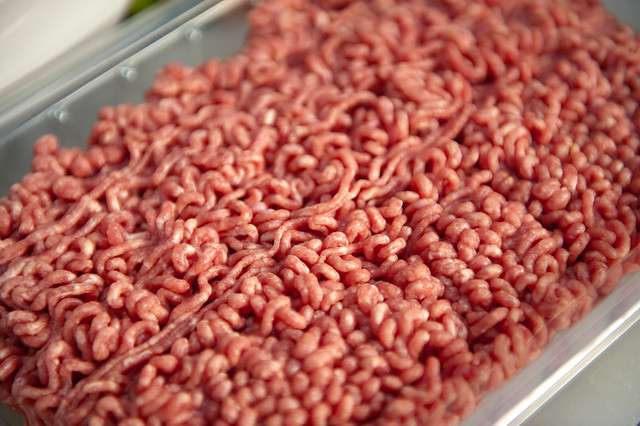
Remembering back to the countless cafeteria meals that once flooded my lunch diet, I can’t say that I miss the nearly unidentifiable food choices that cluttered my tray on a daily basis. I am sure many people can relate to the timeless rejection of the so-called ‘mystery meat,’ and this notion still holds true today. Speculation about color life and mystery meat products continues to haunt shoppers today. Color stability and the undesirable changes that affect the shelf life of meats in our local supermarkets plays an important role in consumer choice. People want to know exactly what the color of our food means. Is it fresh? Is it safe? Color perception can give consumers preconceived notions as to whether or not meat will even taste good after it is cooked.
Even a slight change in color can indicate possible contamination in muscle foods. The use of spectrophotometric technology can help manufacturers analyze potential problems and aid in the measurement color. Image Source: Flickr user Naotake Murayama
Even a slight change in color can indicate possible contamination in muscle foods. The use of spectrophotometric technology can help manufacturers analyze potential problems and aid in the measurement color. Image Source: Flickr user Naotake Murayama
Meat industry manufacturers recognize the valuable role that color stability plays in consumer choice, and rely on color measurement tools and spectrophotometers to monitor muscle food products. Understanding the changes in meat color under various conditions and implementing methods to measure color stability has become a finely-tuned science and necessity in the meat marketing business.


